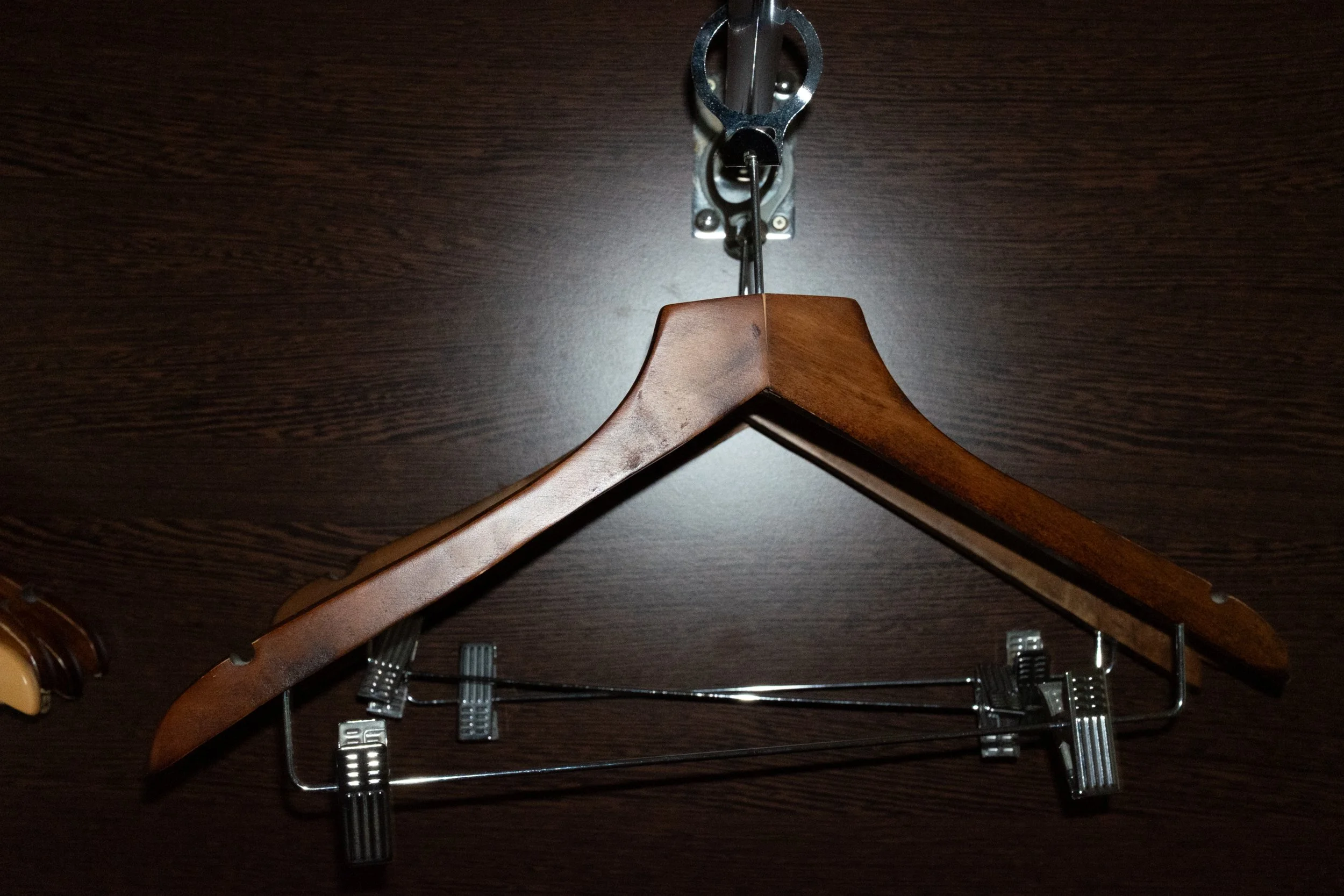This is what I saw
I began this project by questioning the very foundations of the road trip in photographic history. The American road trip, with its open highways and promises of freedom, discovery and the frontier, is deeply tied to an expansionist myth. This narrative does not translate easily to my experience of travelling and photographing in the twenty-first century.
My instinct is to subvert the road-trip tradition by choosing the M25: a motorway that loops around London, a ring rather than a line. It has none of the romance of Route 66 or the westward journey. Instead, it is repetitive, contained, even absurd; a road that goes nowhere. This circularity mirrors several of my ongoing theoretical interests: non-linear time and the feminist critique of progress as a linear, heroic narrative.
The classic road trip is built on ideas of escape, autonomy and conquest: setting out across open land, discovering oneself through freedom of movement.
For women, this mythology has always been more complicated. Mobility has historically been constrained by safety, by social expectations, by care responsibilities, by access to money, cars or time. Even when those constraints ease, the residue of them remains.
The very notion of the “open road” feels increasingly out of step with contemporary realities: ecological crisis, digital saturation and a world already mapped, surveilled and endlessly shared.
My project sits within this shift. Rather than claiming the road as a site of freedom or self-invention, it simply undertakes it on my own terms, stripped of inherited expectations or grand narratives. At its core, it returns to the plain fact of being on the road and seeing. Not the search for freedom or revelation, but the steady act of looking, outwards and inwards.
It acknowledges that experience of movement (both physical and psychological) is often nonlinear: it doubles back, hesitates, observes, pauses, repeats. It resists the myth of the horizon.
“This is what I saw.”
2025 and ongoing












